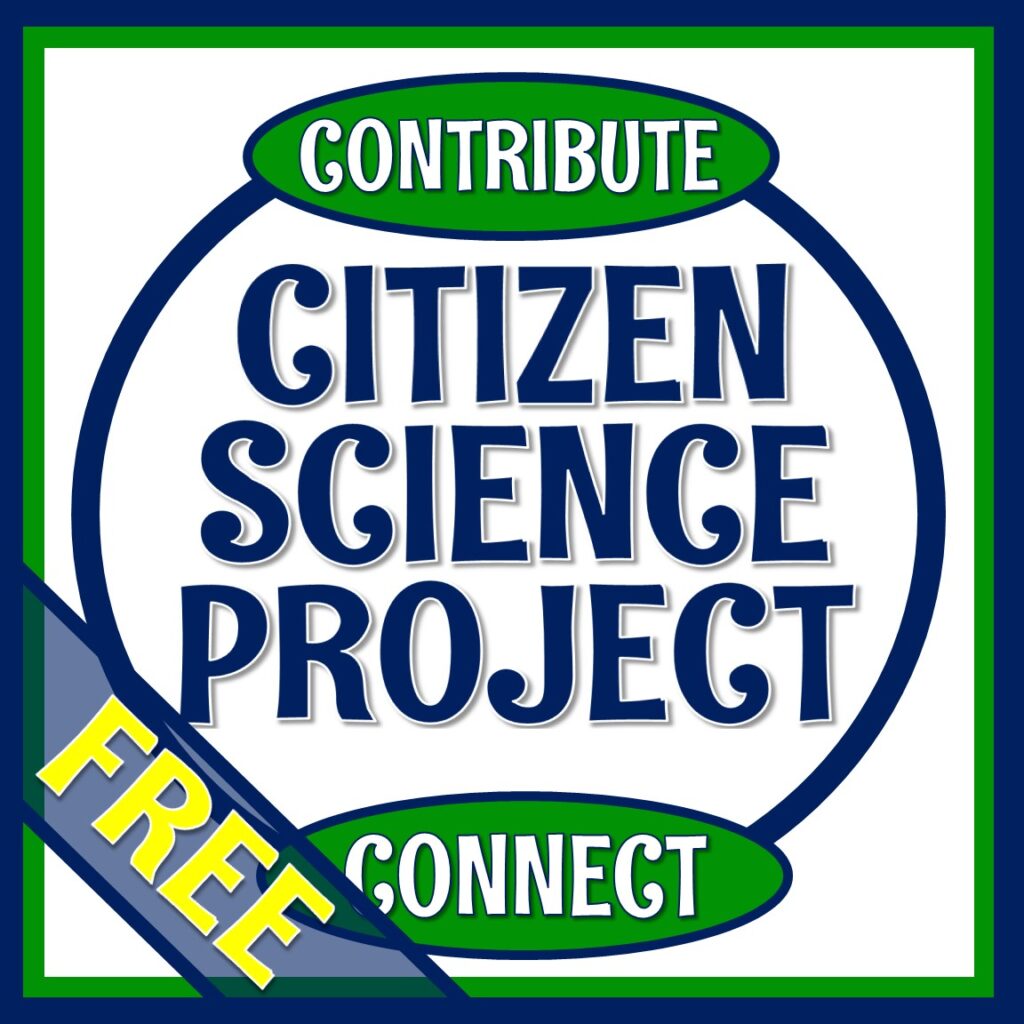
Current Science Activities
If there’s one thing I get excited about, it’s bridging the gap between the textbook and real-world science. Integrating current science activities into class makes the subject matter more fun and engaging. More importantly, it helps students have those lightbulb moments when “school” concepts connect to the world around them. If I may use a buzzword here, it makes the learning authentic.
But in this world of standards and mandated testing, it’s not always easy to take the time to incorporate current science into the classroom. In this blog post, I’ll explore the importance of including current science in the classroom and provide practical examples of current science activities that middle school teachers can easily implement.
(But if you’d like to get to the free stuff first, click here to access my FREE Science in the News template and FREE Citizens Science Activity!)
Why do Current Science Activities in the Classroom?
- Relevance:
- Connecting classroom lessons to current events makes science more relevant to students’ lives. It shows that what we learn in class can help address real-world challenges and solve problems. Highlighting these connections removes the “But why do we need this?” question.
- Critical Thinking:
- If your students are like mine, they need all the practice they can get with forming claims from evidence. Analyzing current scientific issues helps with this skill and makes it feel more “real.”
- Inspiration:
- Exposing kids to scientific breakthroughs can be inspirational! It provides a glimpse into how dynamic, varied, and truly exciting science is. And it shows kids that scientists are real people from different backgrounds. Science is not just people in lab coats looking at books. Science is cool! Scientists are cool!
- Technology Awareness:
- Current events often involve cutting-edge technologies that even we, as teachers, are unaware of. We all know that the tech we teach them today will be totally different from the tech they use in their careers a decade from now. Help kids to understand that technology is ever-evolving and new ideas are constantly surfacing.
Practical Activities for Current Science
- Science News Journals:
- Have students maintain a simple science news journal. As you find random news pieces, students read or watch the news piece and then respond to prompts in their journals. For instance, they might describe a science career in the article, define a new term using context clues, or relate the information to something they’ve learned in science class. I describe a lot more about this technique in this blog post. And click here to get my FREE TEMPLATE for science news journals!
- Debates on Ethical Dilemmas:
- Choose current science-related ethical dilemmas that reflect topics you’re covering in class. If you’re brave, you can divide the class into groups and conduct “debates.” Of course, middle schoolers will need some… ahem… help… understanding how to properly debate. In fact, I don’t have true debates in my classroom. Instead, with my 7th graders, I simply have the kids read or watch something about the two sides of an issue and then lead them in a discussion. I encourage them to add to the conversation using evidence. Not sure what to talk about? If you are covering sexual versus asexual reproduction, debate cloning. Discuss environmental policies if you are covering human impact on the environment or ecosystems. Energy transformations? Natural resources? For either of these, you could discuss fossil fuel-burning cars versus electric cars that require lithium mining. There’s no shortage of issues for people to disagree on!
- Highlight Scientists:
- Students need to see all the different ways they could be a part of the STEM community. It’s important to introduce them to scientists from different backgrounds who are contributing to science in a million different ways. For instance, kids can read about how Clarice Phelps recently discovered element 117 or how Dr. Hadiyah-Nicole Green found a way to cure cancer in mice with no side effects. There’s a lot of interesting work happening by a lot of interesting people!
- Interactive Simulations:
- As science teachers, we have the tried-and-true labs we’ve been doing for years. But we don’t usually have lessons to cover the truly new science. Take advantage of online platforms that offer interactive simulations or virtual explanations of current scientific topics. It can take some digging to find good ones, but when you see how incredibly engaged the kids are, you’ll know it was worth the effort. A great place to start your search is www.labxchange.org or the Virtual Lab Library compiled by CUNY.
- Listen to Science Podcasts:
- Listen to science news in the podcast format. Try The Naked Scientists, Hidden Brain, Radio Lab… there’s a ton more that pop up all the time! (I created a more expansive list of science podcasts for kids in this Instagram post.) Doubting your students will be quiet for it? Yeah – I did, too. But I tried it anyway, and you could hear a pin drop. Seriously, give it a try!
- Virtual Lab Tours:
- Well, here’s a side of YouTube I didn’t know existed until recently: lab tours! Apparently, it’s a “thing” for scientists to give informal little tours of their workspaces. Fun! (Is it dorky that I think this is fun?!) You can easily find them with a YouTube search. This one is cute and down-to-earth!
- Research-and-Share
- This is a great informal activity for a Friday, the day after a test, or any time you have a little space to fill. Have the students individually read a current science article. Send them searching on a science news website for something they’re interested in, and tell them they have 10 minutes to read one article. Then, match students up in pairs using whatever procedure works for you. (I have lab benches of 2, so I have the kids on the right side move, and the kids on the left side stay put. This switches up the pairings easily.) Each student “debriefs” the other about their science news for one minute. (You have to call out the time.) Then, after that two minutes, they switch pairs, and the process repeats. This does get a bit “messy,” if you will, but my students really enjoy it. (Need science news websites? Try these: Science News for Students, Live Science, ScienceNews.org, and Smithsonian Magazine.)
- Participate in Citizens Science
- This one isn’t learning about new science – it’s doing it! Citizen science is scientific research conducted in whole or in part by amateur scientists – and there are plenty of projects out there that YOUR STUDENTS can choose to contribute to! Get the Citizens Science activity I do in my classroom HERE for FREE! These projects are a wonderful way to expose secondary students to the scientific process outside the classroom.
Conclusion
By integrating current science activities into the middle school classroom, we can enhance students’ understanding of scientific concepts, expose students to new technologies, and introduce them to real-world scientists. Most importantly, we can make scientific curiosity cool!
Share it:
- Read more about: Scientific Processes, The Science Classroom





